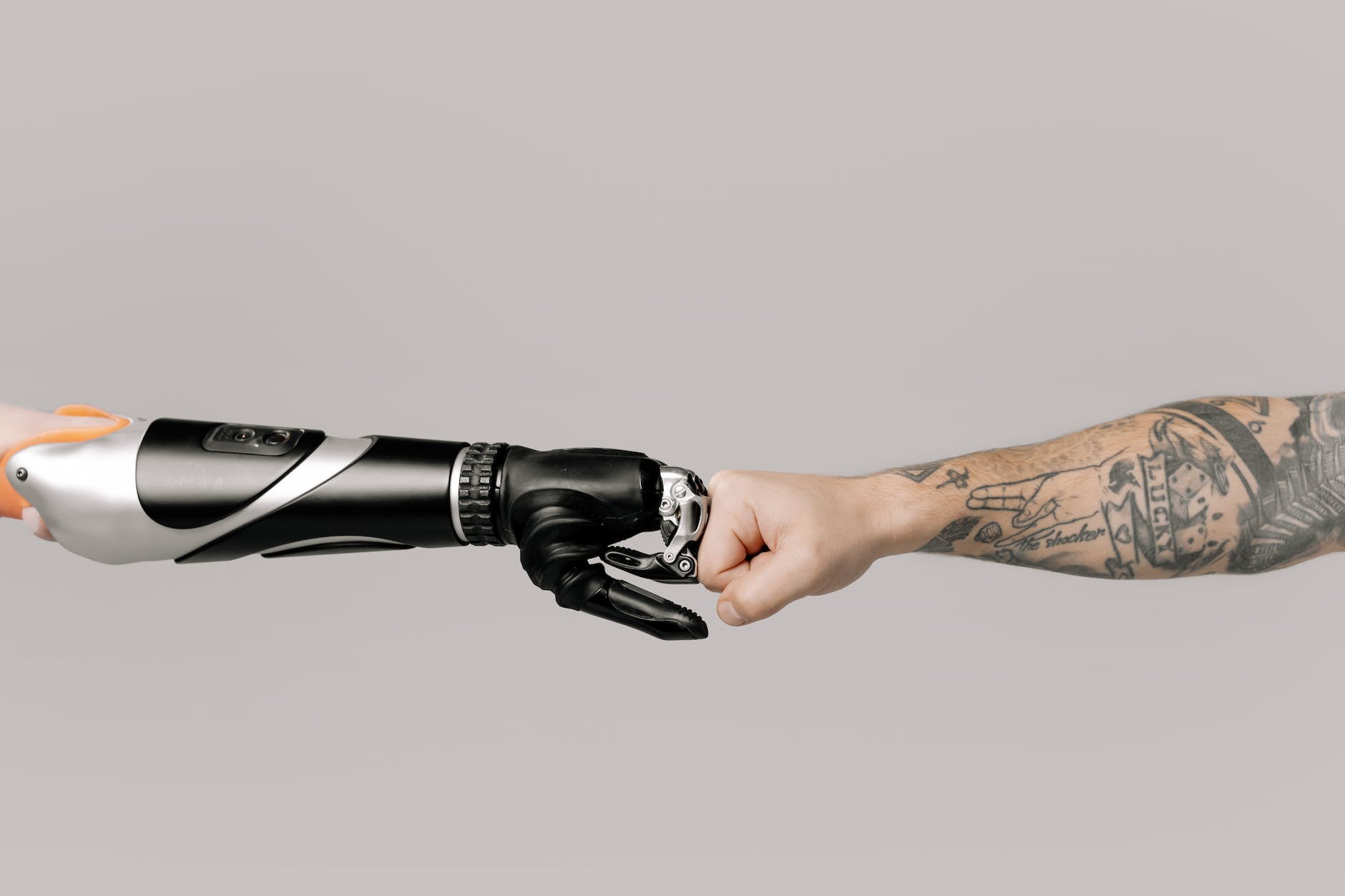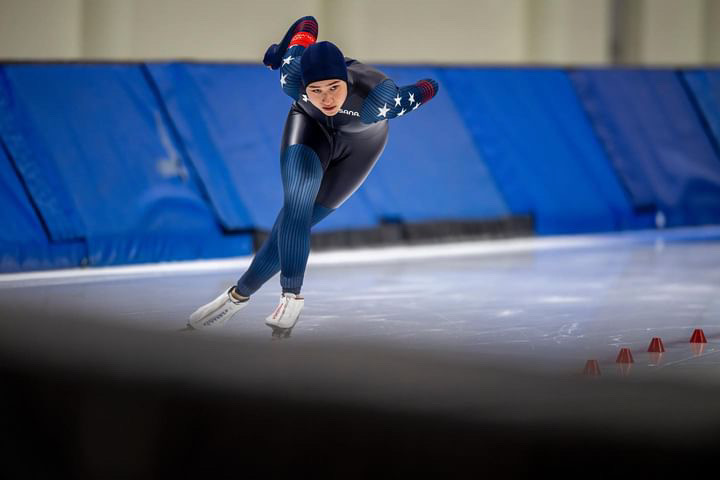In the realm of prosthetics, groundbreaking advancements are revolutionizing the way we approach limb replacements. An article on ScienceDaily (read here) sheds light on a game-changing breakthrough: a new way to attach bionic limbs without relying on remnant muscles in the residual limb.
In the past, remnant muscles in the residual limb were pretty much the only way to give patients control over their bionic limbs. Patients could contract these muscles which generate electrical signals to the prosthetic hand to control its movements. However, this method wasn’t applicable when it came to creating bionic limbs for those with a higher amputation level, especially above the elbow. With fewer muscles available to command the intricate robotic joints required for full arm and hand functionality, it seemed like an impasse.
Despite this challenge, scientists were able to surpass the muscle limitation by reconfiguring the residual limb and integrating sensors and a skeletal implant. This created an ingenious prosthesis system that was mechanically and electrically connected to the patient despite the lack of remnant muscles. It’s like upgrading from a regular smartphone to a supercharged, futuristic device.
But, bionic limbs could never have reached the level they’re at without one important element: Artificial Intelligence (AI) algorithms. These systems were able to bridge the communication gap between the prosthetic hand and the user’s intentions. The A.I. algorithms act as the brain behind the bionic hand, interpreting electrical signals and translating them into precise, intuitive movements.
While this leap has opened a realm of possibilities, it will most certainly raise some concerns. A.I. has always been a subject of debate, and integrating it into prosthetics brings its own set of challenges. Ensuring the utmost security and privacy of these devices will be crucial as we move forward.
Another aspect to consider is the weight of the bionic limb. As with any prosthetic, keeping the weight as minimal as possible is essential for comfortable, everyday use. It is well known that in the past, prosthetics have led the wearer to develop arthritis, osteoporosis, and other muscular and skeletal degenerative conditions.
In conclusion, the shift from muscle-dependent control to this muscle-free approach marks a remarkable stride in the evolution of biomedical robotics and prosthetics. The fusion of A.I. algorithms and advanced engineering not only addressed previous limitations but also unlocked a new realm of possibilities for amputees. However, we must remain mindful of the ethical and safety considerations surrounding A.I. integration as take measures to prevent this from ever becoming a wall stopping amputees from gaining their freedom once more.
Source:
Surgical and engineering innovations enable unprecedented control over every finger of a bionic hand



